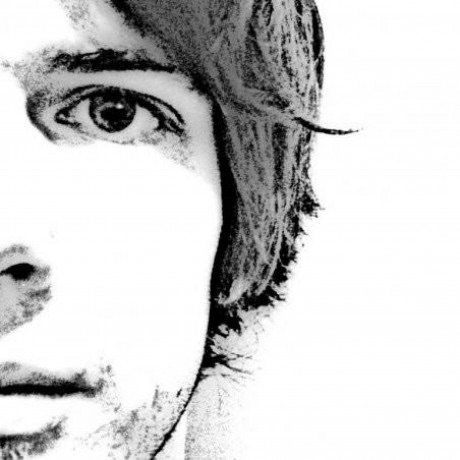479 reads
Mid-Fi Prototyping for Augmented Reality & Virtual Reality
by
December 24th, 2022
Audio Presented by

Computer scientist, designer, part-time philosopher. I write, mostly about design and user experience.
Story's Credibility

About Author
Computer scientist, designer, part-time philosopher. I write, mostly about design and user experience.